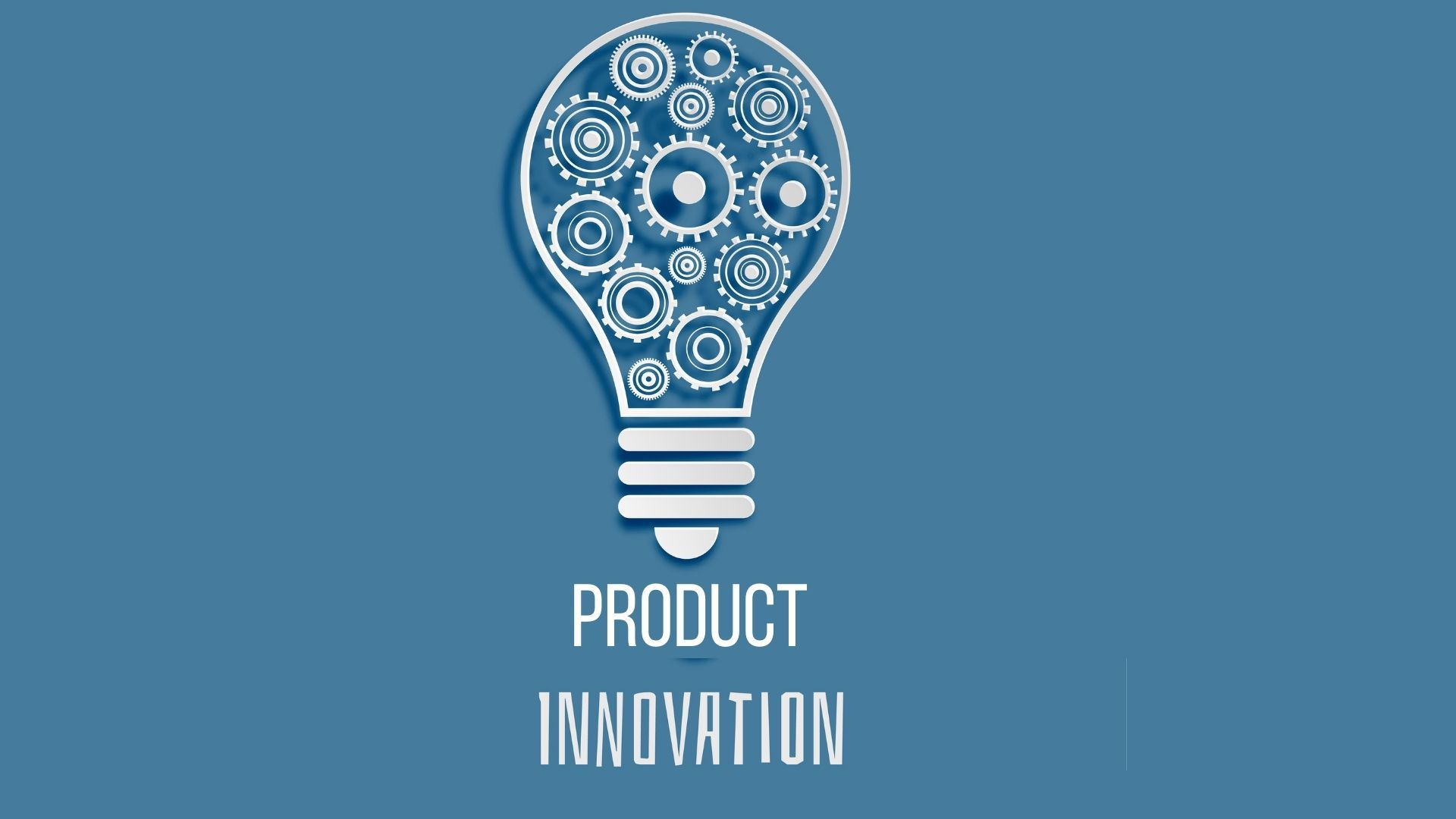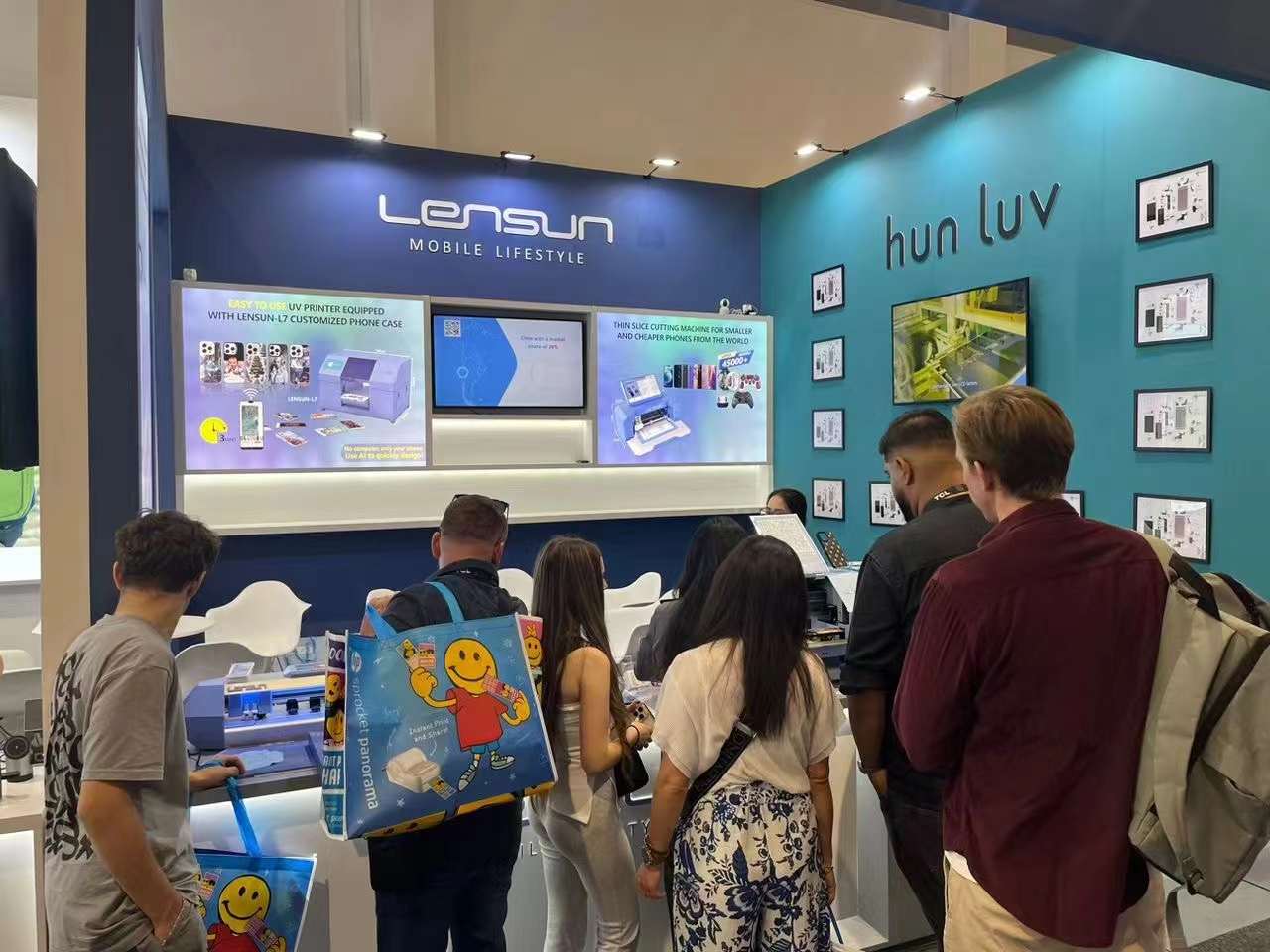1. Introduction
The global “Cell Phone Accessories Market” report shows that the cell phone accessories market has continued its strong growth pattern in recent years and is expected to continue until 2030. At the same time, one of the prominent trends in the cell phone accessories market is the growing demand for environmentally sustainable and eco-friendly products. According to market research data, global e-waste is on an increasing trend every year, which has triggered a profound rethinking of the cell phone accessories industry. This blog will examine the impact of environmental regulations on the U.S. cell phone accessories market and look at future trends through in-depth research data and academic papers to stimulate readers’ thoughts on this important topic.
2. Impact of Environmental Regulations on the Cell Phone Accessories Industry
2.1 Material Selection Challenges
Material selection in cell phone accessory manufacturing is a major challenge posed by environmental regulations. Restrictions on hazardous substances imposed by some environmental regulations have led to a surge in the demand for alternative materials. For example, the RoHS directive restricts the use of six hazardous substances in electronic products.

In the past, commonly used materials such as plastics and metals may contain environmentally harmful ingredients, so companies need to be more careful in their choice of materials. The development of new environmentally friendly materials has become an urgent need, such as those based on degradable plastics, which meet regulatory requirements and reduce environmental burdens.
2.2 Changes in Production Processes
Changes in production processes are one of the key measures to address environmental regulations. Some studies have pointed out that manufacturing processes that employ cleaner production technologies and efficient energy utilization can reduce carbon footprints and environmental impacts. Optimization of production processes involves many aspects, such as raw material procurement, production processes, and waste disposal, and requires companies to make comprehensive and in-depth adjustments.
3. Rise of environmental sustainability
3.1 Examples of corporate sustainability initiatives
There are a variety of initiatives that companies have taken in the area of sustainability. Taking Nike as an example, the company has realized energy saving and material recycling in the production process by promoting green supply chain management and actively advocating the concept of environmentally friendly design. Meanwhile, Nike has continuously invested in environmental innovations, such as launching product lines that use recyclable materials, emphasizing the strategy of sustainability.

3.2 Impact of environmental certification
Obtaining an environmental certification is not only an honor for a company, but also a competitive advantage in the market. By obtaining environmental certifications such as ISO 14001, companies not only prove that their production processes comply with environmental standards, but also provide consumers with reliable cell phone accessories. Market research has found that companies with environmental certifications are more likely to attract investment and develop a positive brand image.

4. Technological Innovation and Environmental Protection
4.1 R&D of new materials
The research and development of new materials is a key step for the cell phone accessory industry to adapt to environmental regulations. The latest research shows that plant-based biodegradable plastics and the use of renewable resources have become hot spots in the R&D of new materials. Companies investing in this area not only improve the environmental performance of cell phone accessories, but also bring innovative competitiveness. For example, the cell phone accessory brand lensun has developed environmentally friendly materials for cell phone film, which has attracted attention at major industry exhibitions and reached cooperation with the top three wholesalers in Europe.
4.2 Intelligent production promotes environmental protection
Intelligent production plays a positive role in environmental protection. By introducing intelligent production processes, companies are able to utilize resources more efficiently and reduce waste. The application of intelligent technology not only improves production efficiency, but also reduces the burden on the environment, which is one of the important paths for the industry to adapt to environmental regulations.
5. Trends in future environmental regulations
5.1 New regulations and standards
The trend of future environmental regulations mainly focuses on green design and whole industry chain environmental protection. The study points out that new regulations may strengthen design requirements for electronic products and push companies to consider environmental factors in the life cycle of cell phone accessory products, including reducing material loss and improving repairability.
5.2 Industry Compliance Requirements
Not only the U.S., but more and more countries and regions have enacted environmental regulations to strengthen the regulation of the cell phone accessory industry. In the future, industry compliance will focus more on global standards, and companies need to establish a global compliance system to ensure that cell phone accessory products comply with local environmental regulations everywhere.
6. Market Response Strategies
6.1 R&D Innovation
Against the backdrop of adapting to new regulations, R&D and innovation have become the core for enterprises to maintain competitiveness. By increasing R&D investment in green materials and clean production technologies, enterprises can introduce cell phone accessory products that are more compliant with environmental regulations and increase their market share.

6.2 Sustainable Development Strategy
Sustainable development strategy is a long-term strategy for enterprises in the process of adapting to environmental regulations. By setting up an environmental fund, promoting the greening of the supply chain, and implementing a circular economy, enterprises can make great strides in sustainability while meeting the requirements of more stringent regulations in the future.
7. Development Trends and Opportunities
As society becomes more environmentally conscious and people’s awareness of environmental issues grows, consumer demand for environmentally friendly products is also on the rise. By offering eco-friendly cell phone accessories, cell phone accessory companies can tap into this demand and provide solutions for those who are actively seeking environmentally friendly options to fulfill their smartphone needs.
On the one hand, cell phone accessory companies can not only meet the growing market demand, but on the other hand, companies can play a key role in reducing their carbon footprint and promoting sustainable practices. By using a combination of traditional and digital marketing strategies to enhance environmental awareness and better communicate with consumers, they can make a positive impact while generating profits and gain a competitive advantage in the cell phone accessories market.
8. Conclusion
Through an in-depth study of environmental regulations and trends, we have seen that the U.S. cell phone accessories market is facing significant changes. Driven by regulations, companies need to continue to innovate and adapt to environmental trends to ensure their sustainability. In the future, the development of the cell phone accessory market will focus more on green and environmental protection, and will bring more opportunities and challenges for enterprises.
Relevant environmental regulations:
* Restriction of Hazardous Substances (RoHS)
The RoHS Directive was adopted by the European Union in 2003 and implemented in the U.S. through the Consumer Product Safety Improvement Act (CPSIA) of 2008. The RoHS Directive restricts the use of six hazardous substances in electronic products, including lead, cadmium, mercury, hexavalent chromium, polybrominated biphenyls (PBB), and polybrominated diphenyl ethers (PBDE). CPSIA requires that all electronic products, including cell phone accessories, be tested to ensure compliance with the RoHS directive.
* Electronic Product Recycling and Management Act (EPRMA)
Enacted in 2010 to establish a national e-waste management system, EPRMA requires manufacturers of electronics (including cell phone accessories) to take back used electronics for recycling or reuse, and establishes standards for e-waste recycling.
* Environmental Protection Agency (EPA)
The EPA is responsible for enforcing a variety of environmental regulations, including those that apply to cell phone accessories. The U.S. Environmental Protection Agency (EPA) has issued a series of guidelines related to the manufacture, use, and disposal of cell phone accessories.
* The Sustainable Electronics Act (SEA), introduced in the U.S. House of Representatives in 2021, would require manufacturers to design and manufacture electronic products with long life, recyclability, and end-of-life management in mind. It would also establish a national e-waste recycling program and ban the export of e-waste to developing countries.




